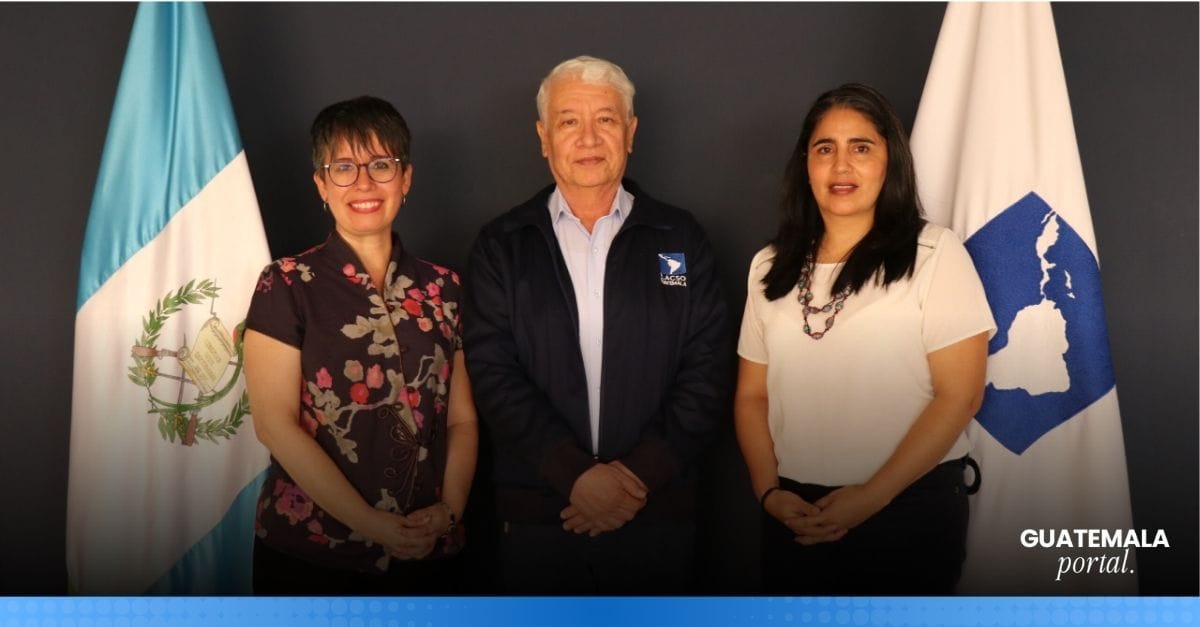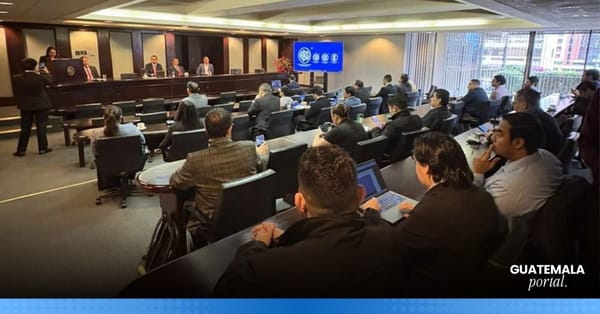Remittances in Guatemala Exceed US$2 Billion in August 2025
For the fourth consecutive month, remittance inflows surpassed US$2 billion, a trend that could push total receipts beyond the US$24.52 billion projected for the end of 2025

Remittances to Guatemala continue to set historic records. For the fourth consecutive month, inflows surpassed US$2 billion, a trend that could push total receipts beyond the US$24.52 billion projected for the end of 2025, representing a 14% increase compared to the previous year.
Accelerated Growth in the Second Half of the Year
According to the foreign exchange balance, Guatemala received US$2.37 billion in August alone, a 19.5% increase compared to the same period in 2024.
Analysts expect remittance flows to grow even further in the second half of the year, with double-digit growth rates driven by external factors such as U.S. migration policies and the upcoming implementation of the remittance tax scheduled for January 2026.
Fear of Deportations Fuels Higher Transfers
The U.S. migration context has created a climate of uncertainty among Guatemalans. Marcel Arévalo, director of Flacso, explained that the Trump administration’s announcements regarding the deportation of unaccompanied migrant children, along with reports of Guatemalans detained in centers such as Alligator Alcatraz, have heightened fears.
“These are events that confirm the tightening of migration control policies,” said Arévalo.
Faced with this scenario, many migrants are sending more money home as a preventive measure in case of forced return.

Voluntary Returns and Capital Transfers
According to Arévalo, some migrants are choosing regular return programs, sending all their savings before leaving the United States.
“If someone opts for regular return, they transfer all their money and assets, which indicates they have already made the decision,” he noted.
Similarly, Guillermo Díaz Castellanos, researcher at Universidad Rafael Landívar, argued that the surge in remittances in August is directly linked to deportation fears, as migrants seek to safeguard their savings by remitting as much as possible to Guatemala.
The “Trump Effect” and Sanctuary Cities
Economist Juan Alberto González Jacobo described the phenomenon as the “Trump effect,” highlighting that a climate of fear persists in several U.S. states. Some migrants have chosen to relocate to Canada or sanctuary cities governed by Democrats. However, even in those areas, an environment of instability is evident.
“Significant efforts are being made to create instability in these sanctuary cities. This is pressuring the rise in remittances,” González Jacobo pointed out.

2026 Outlook: The End of the Remittance Boom
Forecasts suggest that remittances will reach around US$25.75 billion in 2026. However, experts warn that the growth rate could slow down or even turn negative toward the end of that year.
González Jacobo stressed the need for a development policy to channel remittances from pure consumption toward investment in infrastructure, transportation, airport modernization, or even treasury bonds.
“By increasing just 10% of remittances toward investment, billions of dollars could be mobilized with significant economic and social impact,” he said.
Díaz concluded that while double-digit growth will likely continue through 2025, the trend may reverse in 2026:
“The remittance boom is coming to an end. The country must prepare for an external shock in the next two or three years.”
As Guatemala navigates this record-breaking surge in remittances, experts warn that the country cannot rely indefinitely on external factors driving these inflows. The challenge now lies in transforming this temporary boom into long-term economic resilience, ensuring that remittances serve not only as a lifeline for households but also as a catalyst for national development.





